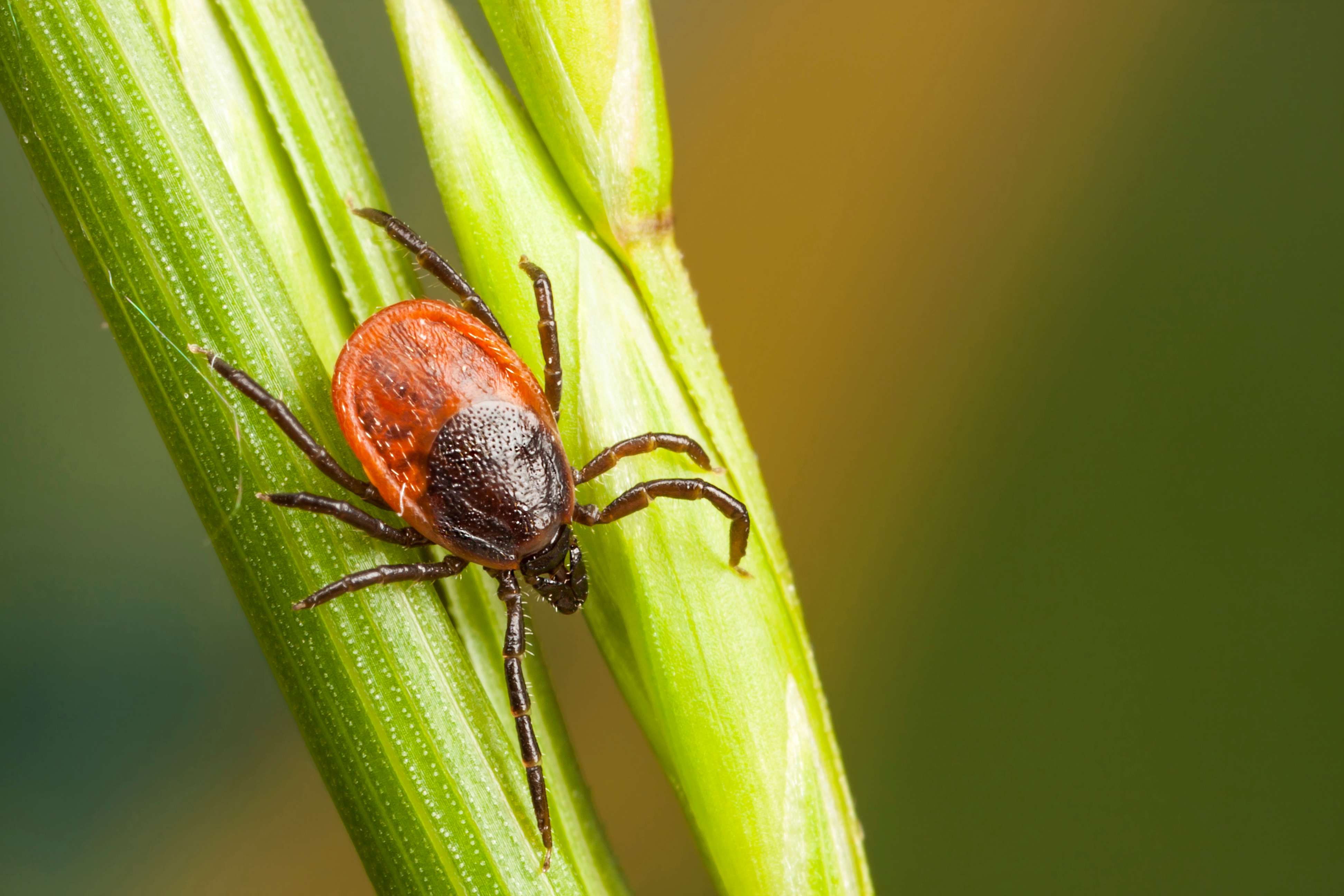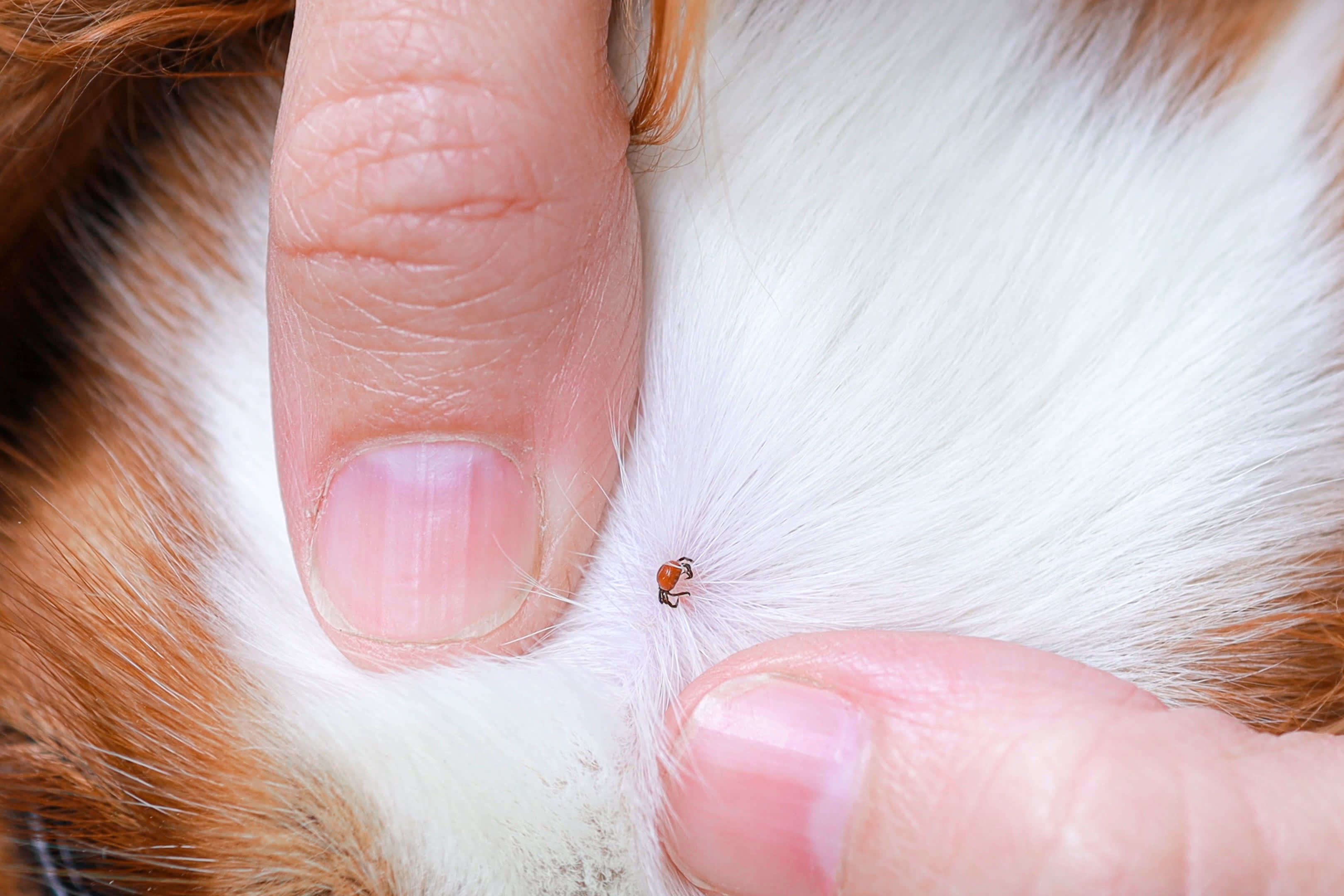
Whether you have bugs, bats, or rodents invading your home, you’ll want to contact an exterminator quickly. Find out how much pest control costs in Columbus, OH.
Not all eight-legged crawlers are alike


Mites are tiny while ticks are visible and can swell when feeding.
Mites are plant or skin dwellers; ticks are blood-feeding parasites.
Ticks can spread diseases while mites do not.
Mites and ticks may both belong to the arachnid family, but that doesn’t mean they have the same characteristics. Mites are tiny, often invisible to the naked eye, while ticks are larger and infamous for their bloodsucking habits. Both can be found on animals, but their lifestyles, hosts, and impacts on health are very different. Understanding the differences between mites and ticks can help you recognize which can spread serious diseases.
Mites and ticks might look alike at first glance, but they vary in important ways. Here’s how they differ in major categories, including size, color, habitat, and host preference.
| Type of Difference | Mites | Ticks |
|---|---|---|
| Size | Less than 1 mm | 3–30 mm |
| Color | White, red, brown, black, or translucent | Brown, reddish-brown, or black |
| Host preference | Only some parasitic on plants, mammals, humans | Mammals, birds, reptiles, humans |
| Habitat | Outdoors in soil, dust, plants | Outdoors in grass, shrubs, forests |
| Disease | Do not carry disease | Cant carry disease |
Paying attention to the size, color, and shape of mites and ticks makes it easier to tell these arachnids apart. Here’s a breakdown of how these tiny insects set themselves apart by size, color, and shape.
One of the most noticeable differences between mites and ticks is their size. Mites are tiny—often microscopic—and usually invisible to the naked eye, making them easy to overlook even when they’re wreaking havoc on your allergies. Ticks, on the other hand, are much larger, ranging from a few millimeters to over a centimeter, and can swell significantly after feeding on blood.
These pesky pests differ in color, which can help in spotting—or avoiding—them. Mites come in a variety of shades, from translucent or whitish to red, brown, or black, depending on the species. Ticks are usually darker, ranging from brown to reddish-brown or black, and may appear grayish or silvery when engorged after feeding. These color variations not only reflect their species and life stage but also how easily they blend into their environment.
Mites are generally small and compact, often appearing round or oval, with some species almost flattened to fit into tight spaces. Ticks tend to have a more pronounced, oval or teardrop shape, with a distinct head and body that expands noticeably when they feed.

Check out the differences between what mites and ticks like to eat.
While ticks are blood-feeders and need a host to survive, mites are more free-living and often feed on plants or detritus as opposed to humans. Ticks often seek out mammals, birds, or reptiles for hosts, and mites can get by without since they don’t exclusively rely on hosts for survival. That’s why it’s important to treat your house or yard for ticks as soon as you spot them.
Mite bites are usually brief and more superficial, causing itching, redness, or irritation, and may go unnoticed for some time depending on the species. On the opposite side of the spectrum, ticks attach firmly to their host for hours or even days to feed on blood, often leaving a noticeable bump.
One’s a night owl, while the other feeds primarily during waking hours. Ticks are most active during daylight hours, especially in the morning and late afternoon, when hosts are more likely to pass through their environment. However, parasitic mites like scabies or bird mites tend to feed at night or in the dark, so they can take advantage of their host’s rest period.
Although they’re hard to see, mites can exist in a wide range of places, from dust, soil, and leaf litter to bedding, furniture, and even on pets or humans. Ticks, in contrast, prefer outdoor environments, often hiding in tall grass, shrubs, or wooded areas, where they wait for a host to pass by. However, one or two make it indoors, you’ll want to get rid of ticks quickly before they spread potential diseases or decide to multiply.
Mites often progress through egg, larva, nymph, and adult stages quickly, with some species completing their lifecycle entirely on a host or in a confined environment. Ticks also go through egg, larva, nymph, and adult stages, but their development usually takes longer and often requires feeding on multiple hosts at different stages. Knowing each insect’s lifecycle can help explain why mites can multiply rapidly indoors while ticks are more seasonal and linked to outdoor exposure.

When it comes to health risks, mites and ticks play very different roles. Mites usually cause mild problems, such as skin irritation, itching, or allergic reactions, and only a few species transmit diseases.
Ticks, however, are known for their ability to spread serious illnesses, including Lyme disease, Rocky Mountain spotted fever, ehrlichiosis, and babesiosis. Understanding these differences is crucial for knowing which bites require medical attention and which symptoms are caused by less harmful mites.
Mites and ticks may both make us itch, but keeping them at bay requires different strategies. Protect yourself, your home, and your pets by hiring a local exterminator to eliminate these pests.
You can get rid of mites and prevent them from coming back by keeping your environment clean and dry, as many species thrive in dust, clutter, or damp areas. The more often you vacuum your carpets, upholstery, and bedding, the less likely mites are to survive. It also helps to regularly wash linens in hot water to remove any lurkers.
If you have pets, make sure to maintain proper grooming and clean their bedding frequently, since some mites can infest animals. When you’re spending time outdoors, wear protective clothing and avoid prolonged contact with infested soil or plants. These steps can greatly reduce your chances of a mite invasion.
Ticks are the clingy hitchhikers of the outdoors, so you can keep them at bay by sticking to clear paths, wearing long clothing, and using repellents. You’ll also want to check yourself, your pets, and your kids after outdoor adventures to make sure you don’t carry any unwanted guests indoors.
Another helpful tip is to tidy up your yard—mowed lawns and cleared leaf piles make it harder for ticks to set up camp. However, if your problem persists, you’ll want to reach out to your local exterminator to see what measures can be taken to get rid of them for good.
From average costs to expert advice, get all the answers you need to get your job done.

Whether you have bugs, bats, or rodents invading your home, you’ll want to contact an exterminator quickly. Find out how much pest control costs in Columbus, OH.

Find out how much it costs to remove armadillos and stop them from coming back. Know how much to budget to humanely remove these pesky critters from your yard.

Unfortunately, ticks can spread diseases to both you and your pets. Find out how much it will cost to treat your property for ticks.

Ready to get bed bugs out of your home? With this guide, see the risks and benefits of using professional bed bug pesticides for the task.

Vole holes are a sure sign there are voles in your yard and you’ll want to figure out how to get rid of voles as quickly as possible to prevent damage to your garden.

In most cases, it’s best to call an exterminator at the first sign of fleas. Learn more about when to call an exterminator for fleas.